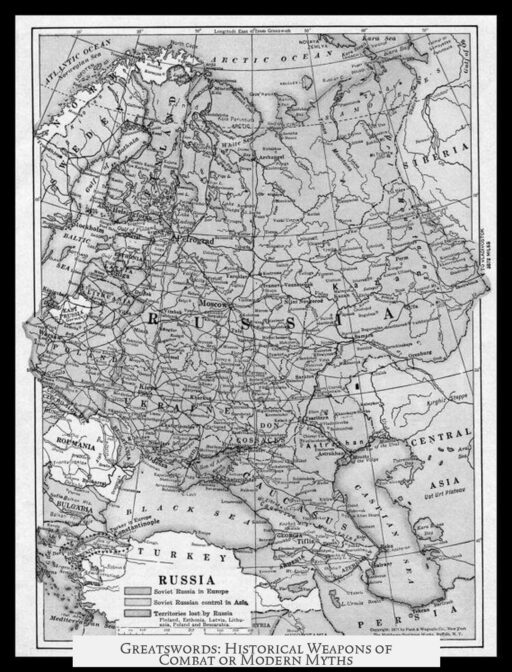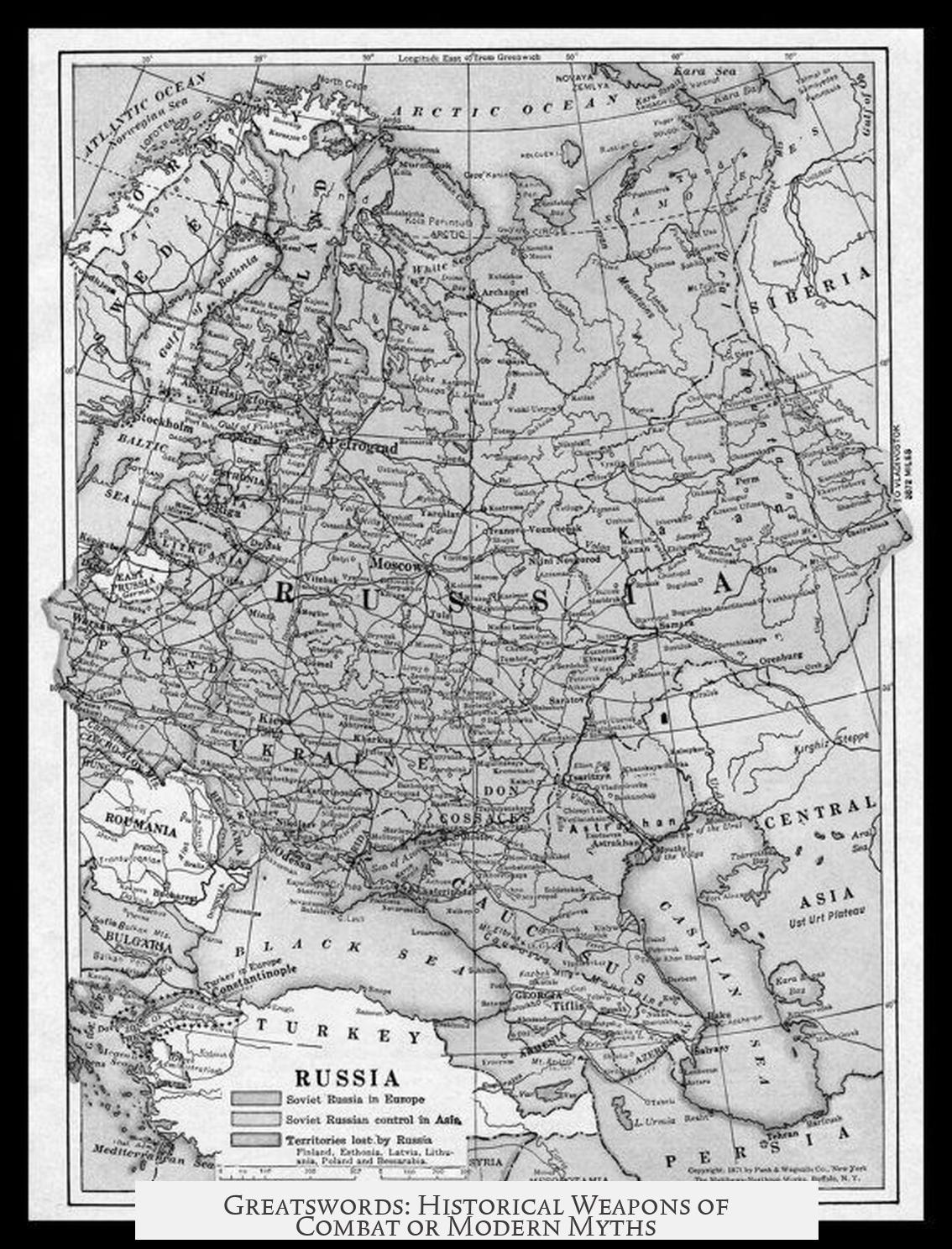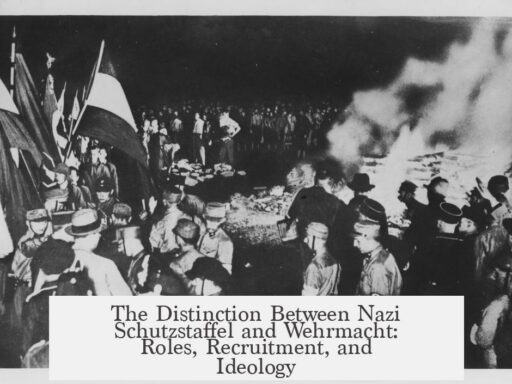Greatswords are genuine historical weapons that saw active combat use, particularly during the Renaissance and early modern periods. They were not a modern fantasy invention or merely ceremonial items. These large two-handed swords, often reaching up to six feet in length, played distinct tactical roles and were wielded by highly trained soldiers in several European regions.
One of the most renowned users of greatswords were the Landsknecht, German mercenary infantrymen, especially the elite Doppelsoldner. They carried the massive zweihander, a prime example of a greatsword, to disrupt enemy pike formations.
- Between 20-25% of Landsknecht units would carry these swords.
- The wielder’s role was to hack through spear and pike heads, breaking enemy defenses.
- They commanded double pay due to their bravery and difficult skill set.
The Zweihänder and similar greatswords emerged as a response to battlefield changes. As armor became more protective, shields were less practical. Instead, soldiers required larger, heavier weapons capable of penetrating or damaging armored foes. Greatswords offered extended reach and heavy blows, which complemented pike tactics by clearing the way for infantry advances.
Other regional examples include the Scottish Highland claymore, the Iberian montante, and the Italian spadone or spada da due mani. Though the Highland claymore dates back to the mid-1400s, many large two-handed swords became widespread primarily during the Renaissance era, reflecting evolving military needs. Experts estimate that these swords were employment-exclusive rather than common issue.
Greatsword combat demanded considerable training and finesse. Masters such as Johannes Liechtenauer, Hans Talhoffer, and Johannes Ringeck wrote detailed fencing treatises to pass down fighting techniques. These covered techniques like grappling with the blade, using leverage, and controlling enemy movements rather than simple heavy slashing.
“The longsword… was extremely effective when used by skilled troops. Enormous reach and leverage allowed control of the flow of battle against lighter-armed opponents. Fighting involved methods beyond cutting, including tripping and weapon manipulation.”
Historical manuals show fighting was far from brute bashing. Heavy pommels balanced large blades, allowing precise control. Fighters used the sword’s guard and blade edges to bind, deflect, or trap opponents’ weapons. This complexity contradicts the popular notion of simply swinging a giant sword recklessly.
A curious tactical use attributed to greatswords includes planting the pommel in the ground to block horses during cavalry charges. While this tactic’s prevalence is debated, some contemporary accounts and modern consensus suggest it was a plausible anti-cavalry measure, reflecting the sword’s versatility.
Globally, comparable weapons existed. For instance, Japanese samurai wielded the no dachi, a large two-handed sword serving as a counterpart in Eastern martial traditions.
Modern interest in greatswords flourished through Historical European Martial Arts (HEMA). HEMA practitioners study surviving fight books and recreate authentic fighting styles. They revive knowledge on sword handling, movement, and battlefield strategy, confirming the greatsword’s practical combat role.
Practical concerns, such as how fighters carried these unwieldy weapons, were managed by scabbards designed for side or back wear. Larger swords could pose challenges on marches but remained manageable for trained soldiers. While specific makers’ marks are rare in surviving examples, some historical smiths and regions garnered reputations for producing quality blades.
| Aspect | Details |
|---|---|
| Era | Primarily Renaissance and early modern periods (15th–17th centuries) |
| Users | Landsknecht Doppelsoldner, Scottish Highlanders (claymore), Iberian, Italian soldiers |
| Length | Up to nearly 6 feet (2 meters) |
| Combat Role | Disrupt pike formations, penetrate armor, anti-cavalry |
| Fighting Style | Skillful use involving grappling, leverage, blade binding |
| Documentation | Fencing treatises by Talhoffer, Liechtenauer, Ringeck |
Greatswords were real and functional battlefield weapons. Their adoption reflected changing warfare that favored reach, armor penetration, and coordinated tactics. They required trained soldiers and were valued enough to command premium pay. Far from recent fantasy, their legacy persists in martial arts and historical study.
- Greatswords served a strategic role in disrupting pike and spear units.
- They appeared mainly during the Renaissance, evolving from armor developments.
- Combat techniques were advanced, not just brute force.
- Famous masters created treatises that survive today.
- Modern HEMA revives and studies their historic application.
Are Greatswords a Real Weapon Used in Combat or Is It a More Recent Construct?
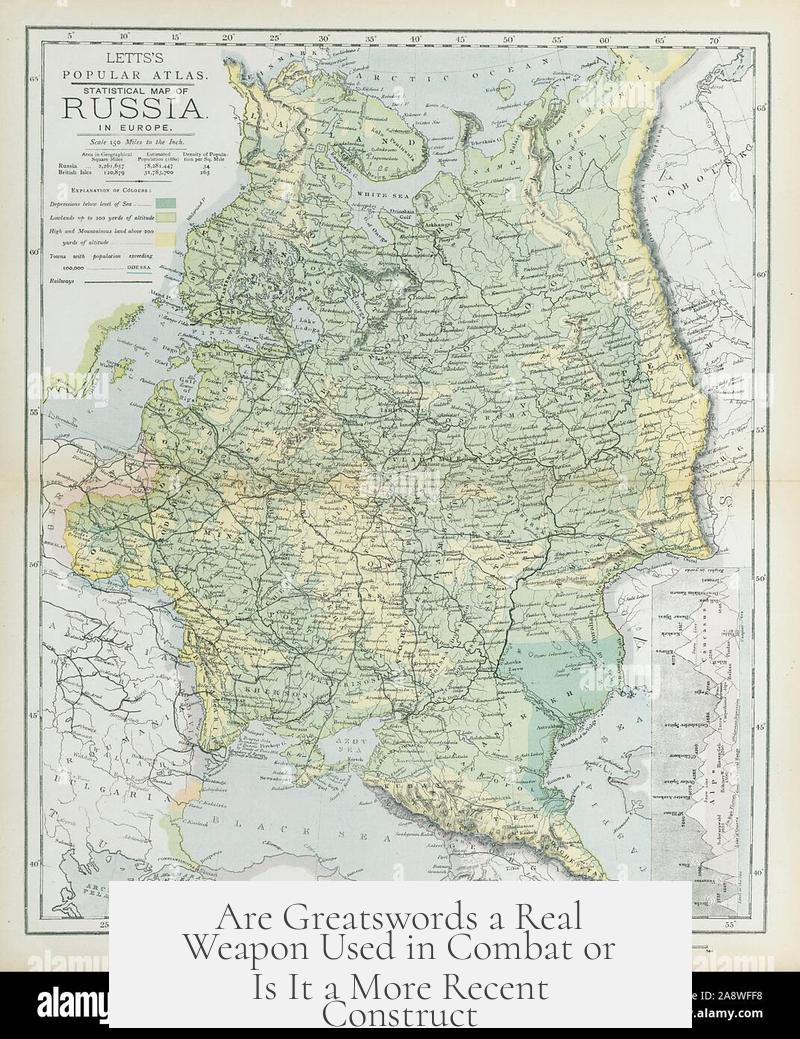
Greatswords were absolutely real weapons used in historical combat, not just fancy props from movies or recent fantasy games. These massive two-handed swords, particularly famous ones like the German Zweihänder and Scottish Claymore, played significant roles in European warfare during the Renaissance and early modern periods. Let’s dive into the fascinating world of these giant blades, exploring how they were used, who wielded them, and why they were more than just oversized showpieces.
The Landsknecht and the Doppelsoldner: Giants on the Battlefield
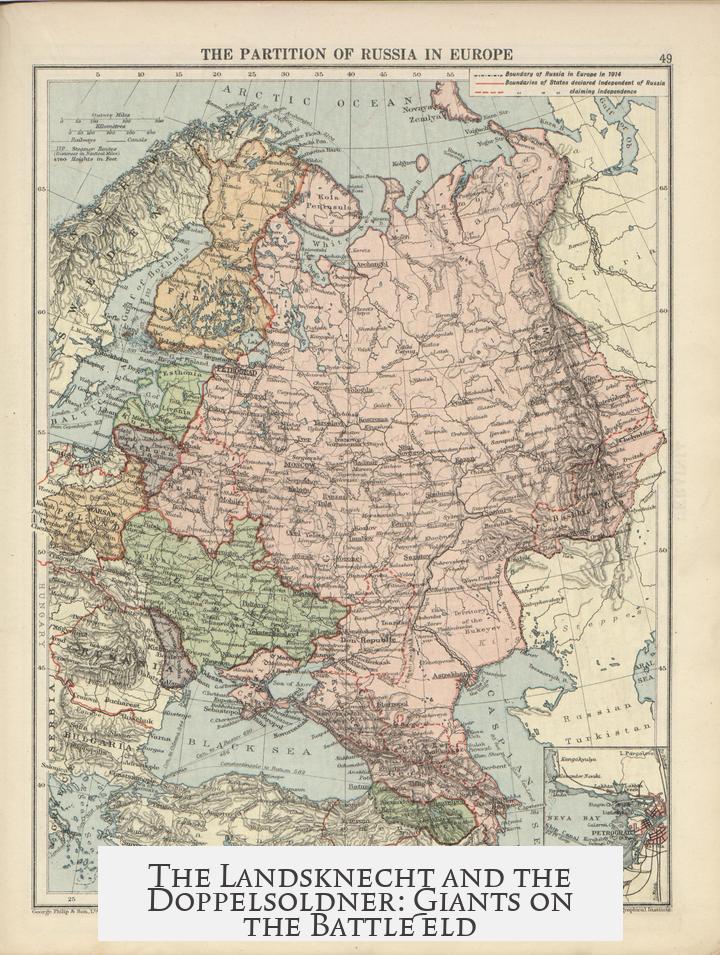
The most iconic users of greatswords were the Landsknecht, German mercenary soldiers famous around the 16th century. Among them, the Doppelsoldner earned double pay for wielding the formidable Zweihänder — a sword nearly six feet long.
What made these swords indispensable? Well, when two armies faced off with long pikes and spears, the front lines were a dangerous hedge of deadly points. The Doppelsoldner’s job was to hack through those spear tips—decapitating them, literally chopping heads off—to create openings. This daring task was critical to breaking formations and letting the rest of the troops advance safely.
Can you imagine being paid double just for being the one who fearlessly charges into a forest of spear tips? These soldiers were known not just for their strength but incredible bravery and skill.
Greatswords in the Context of Weapon Evolution
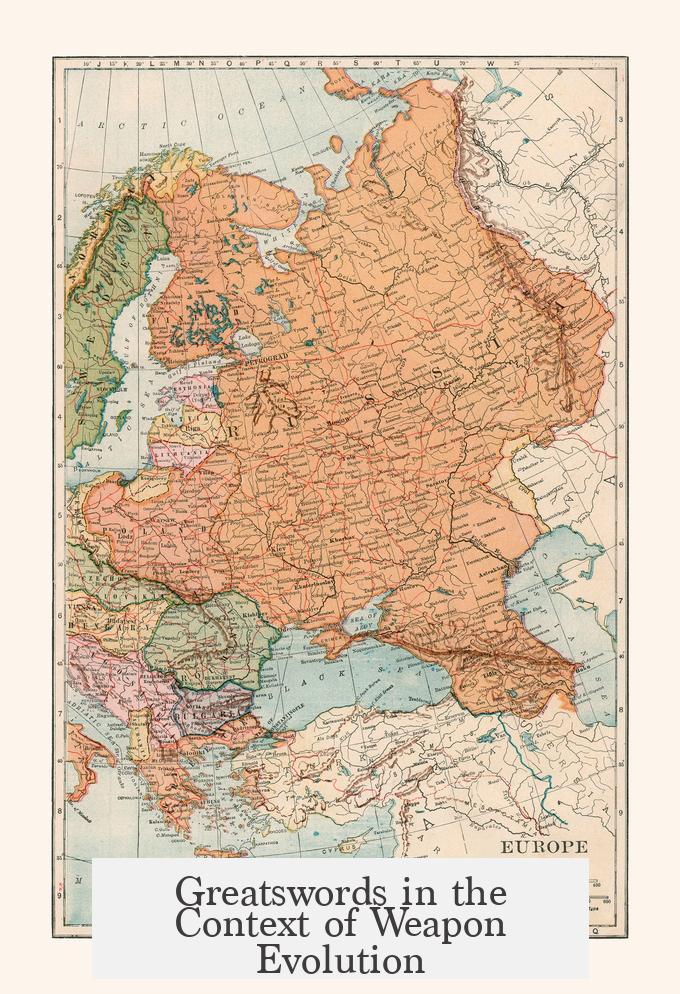
Greatswords evolved alongside improvements in armor. Unlike earlier times when knights needed shields to block blows, Renaissance armor was often sturdy enough to act as its own defense.
As a result, soldiers required weapons powerful enough to pierce or crush armor. While axes and maces were effective, the greatsword offered a perfect blend of reach, weight, and cutting power. Imagine wielding a nearly two-meter-long sword with precise technique rather than brute force. The extra length allowed users to engage enemies from a distance, stepping up their battlefield control.
It’s no accident these swords grew larger; they had practical roles grounded in battlefield needs, not just to look cool in paintings or reenactments.
Widespread Use Across Europe: Claymores, Montantes, Spadones, and Zweihänders
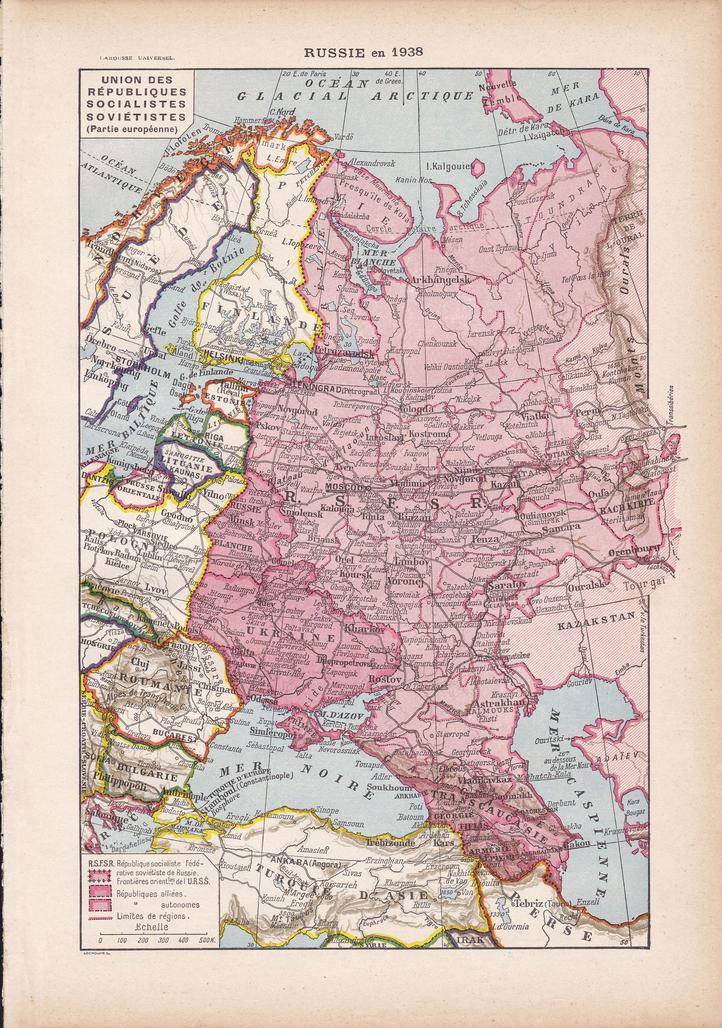
Greatswords weren’t just a German phenomenon. Across Europe, gentlemen and skilled warriors carried their own versions. Scottish Highlanders wielded the famous Claymore, Iberians had Montantes, Italians brandished Spadones or Spada da due Mani, and Germans mastered the Zweihänder. These weapons were typically rare and issued to experienced soldiers of rank due to the training required.
While the Highland Claymore dates as far back as the mid-1400s and witnessed early uses, most two-handed greatswords rose in prominence during Renaissance warfare—a shift from medieval to early modern battle tactics involving pike and shot formations.
Mastery Through Treatises: Art and Science of Greatsword Combat
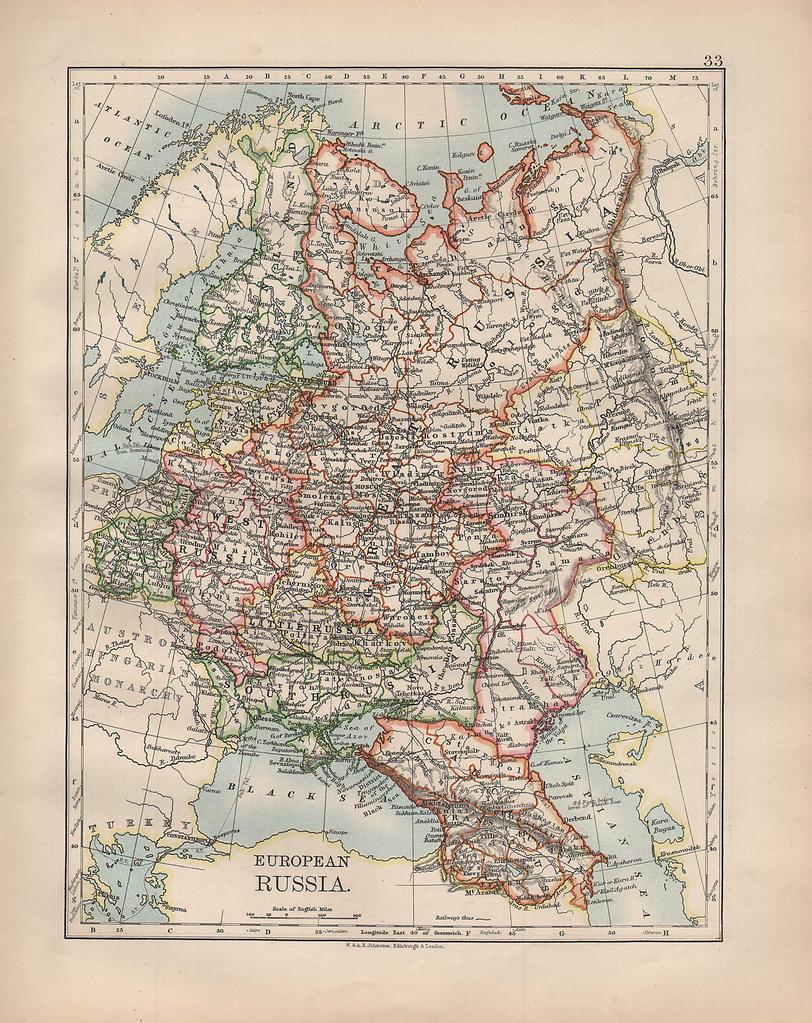
Far from being a weapon of pure muscle and myth, greatsword combat was a refined martial art. Masters like Ringeck, Talhoffer, and Liechtenauer wrote extensive treatises discussing how to use longswords and greatswords effectively. These manual collections, often ciphered and illustrated, served as guides for training and real combat application.
For example, Talhoffer’s Fechtbuch reveals fighting moves mixing slashes, grappling, disarms, and tactical footwork. The sword was not just swung wildly; fighters used its length and weight strategically. Techniques involved tripping enemies, controlling their weapons, and guarding carefully.
A common misconception? The idea of knights smashing each other in brute contests. That would have exhausted them quickly and opened vulnerabilities. Instead, greatsword use demanded cunning and skill, making battle a chess match as much as a brawl.
Beyond the Blade: Using Greatswords Like a Pike?
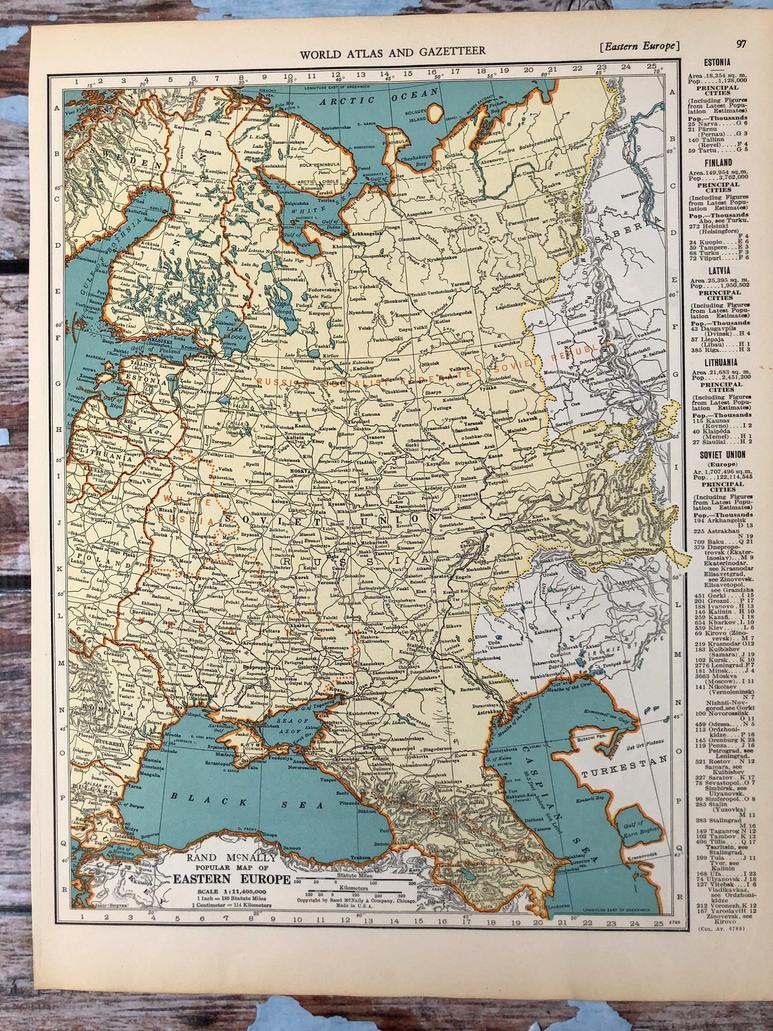
Here’s an intriguing tidbit. Some historical or anecdotal accounts suggest that certain soldiers would plant the pommel of their greatswords into the ground during combat. This created an impromptu anti-cavalry defense—horses either veered away or risked impalement on the protruding blade.
While this technique isn’t exhaustively documented, modern discussions among historical martial artists and scholars lean toward its plausibility. Think about it: if you find yourself overwhelmed by charging riders and lack a spear, embedding your two-handed sword as a barrier is clever and practical.
Fighting styles and battlefield improvisation often blurred the line between weapon categories. Greatswords, in particular, offered versatility beyond cutting and thrusting.
Global Perspective: Were Greatswords Only a Western Thing?
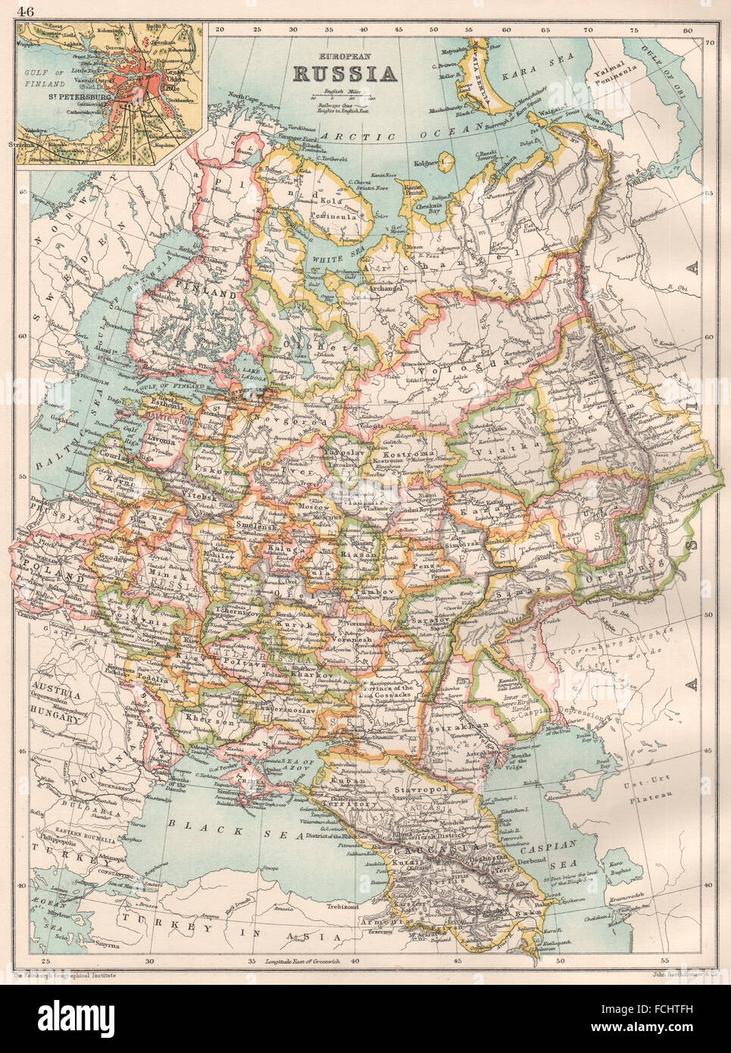
Though Western Europe is most famous for greatswords, Japan had its own variant: the No Dachi. This was a long, two-handed sword carried by samurai, large enough to resemble a greatsword. These blades required skillful handling and were used effectively in battle.
So, the idea of wielding a substantial two-handed blade is universal, not just a Western fantasy or Renaissance specialty. Warriors worldwide sought that perfect balance between length, power, and finesse.
The Daily Reality: How Did Soldiers Carry Such Massive Swords?
Practicality mattered. Given their length, greatswords weren’t just slung over the back like a modern-day katana. Soldiers carried them in scabbards or specialized belts during marches.
There were complex methods to manage these unwieldy weapons outside battle. Marching equipped with a nearly two-meter sword might prompt questions—how did they avoid poking comrades? Skilled soldiers quickly mastered carriage techniques so the sword stayed secured but easily accessible.
This hints that greatswords were thoughtfully integrated into military gear, not just cumbersome styles for visual drama.
Who Made These Massive Swords?
Famous swordsmiths crafted greatswords with distinct signatures and high craftsmanship. Records show that certain brands or makers were revered for quality blades that balanced weight and durability.
Of course, the exact marks vary by region, but historical examples confirm that greatswords could be prestigious symbols of skill, investment, and authority within an army.
Summary: Greatswords Are Far from Mere Fantasy or Ceremony
In closing: greatswords were real, formidable battlefield weapons. They aren’t recent inventions nor purely ceremonial objects. These huge two-handed swords emerged prominently during the Renaissance and early modern warfare, adapting to changes in armor and tactics.
By empowering elite troops like the Landsknecht’s Doppelsoldner to break pike formations, offering reach and power unmatched by one-handed swords, and replacing shields as armor advanced, greatswords shaped martial history.
Thanks to preserved treatises by fencing masters and ongoing Historical European Martial Arts (HEMA) practice, we today understand that using greatswords was a nuanced, skillful discipline. This knowledge helps dispel myths of knights just hurling clumsy blows.
Whether chopping spear tips, controlling foes through grappling, or planting the blade as a makeshift pike, greatsword wielders were not only warriors but tactical innovators.
So next time you see a towering greatsword on screen or in a game, remember: these giants carved, crushed, and crafted history in the hands of exceptional soldiers—not just fantasy escapism.
Are greatswords like the Zweihander real historical weapons used in battle?
Yes, greatswords such as the Zweihander were real and used in combat. They were especially prominent with the Landsknecht mercenaries during the Renaissance. These swords helped break pike formations and were wielded by skilled soldiers.
When and where were greatswords most commonly used?
Greatswords rose to prominence during the early modern period, especially the Renaissance. Variants appeared across Europe, like the German Zweihander, Italian Spadone, and Scottish Claymore. They were rarely used in medieval times.
Were greatswords ever used like pikes or polearms on the battlefield?
There is some historical belief that greatswords could be braced on the ground like pikes, especially to repel cavalry. Sources suggest horses avoided them, but hard evidence is limited and this tactic was not common.
What made greatswords effective combat weapons despite their size?
Greatswords offered extended reach and leverage. Skilled fighters used them for cutting, grappling, and controlling opponents. Their technique was complex, favoring precision and skill over brute force.
Did other cultures have similar two-handed swords in history?
Yes, Japanese samurai used long two-handed swords like the No Dachi. While most examples come from Europe, other regions developed their own variants of large, two-handed swords in warfare.
How do historians and martial artists study the use of greatswords today?
Historical European Martial Arts (HEMA) groups reconstruct greatsword techniques from period treatises by masters like Talhoffer and Liechtenauer. These studies reveal sophisticated fighting styles beyond simple slashing.
